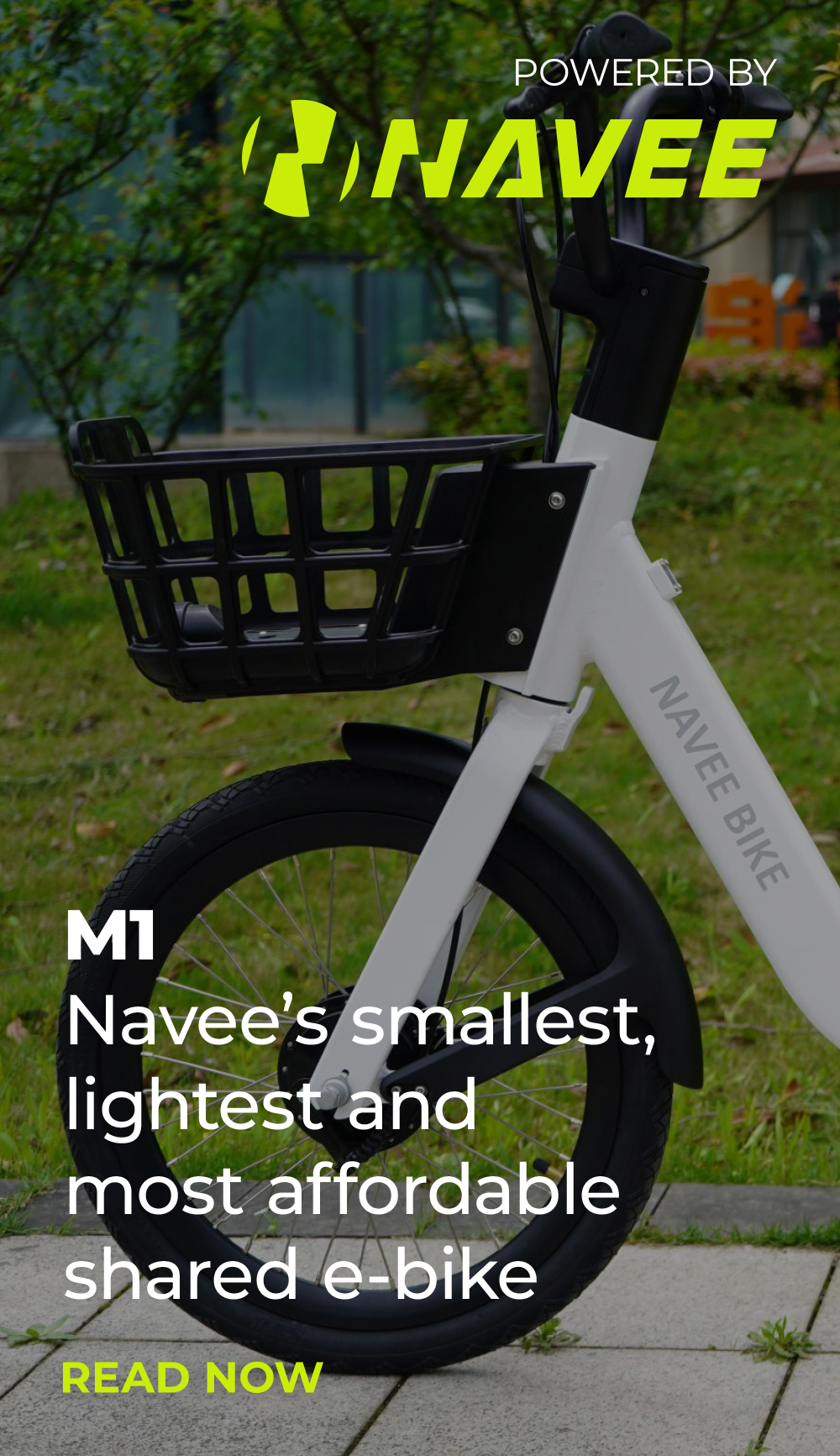Oslo will double its shared e-scooter fleet from 8,000 to 16,000 vehicles from 1st April 2025.
Oslo City Council has also voted to extend permits from one to two years.
The aim is for micromobility to better serve residents in the outskirts of the Norwegian capital where car ownership is higher and public transport less available.
“These regulations lead the opposite way of Paris, Madrid and Melbourne. They show that it’s safe to relax regulations and utilise the potential of e-scooters in cities. The key premise is doing what works and doing away with what doesn’t,” Fabian Paasche Engesæth, Associate at Oslo-based mobility consulting firm Movability, told Zag Daily.
“The cap takes the amount of scooters per operator from 2667 to 5334, which improves the commercial equation for operators. It does this while bettering the offering for Oslo’s citizens in low-density areas by improving transit availability for bus stops that are few and far between. There have been several studies pointing to the potential of increasing access to transit stops through e-scooters and that’s why we’re excited to see the outcome of this expansion.”
Oslo has three ring roads that encircle the city. Within Ring 2, shared operators will be permitted to deploy 4,400 electric scooters which is the same as today. 3,200 e-scooters will be allowed between Ring 2 and Ring 3 – 800 more than what’s currently permitted – and the remaining 8,400 e-scooters will be placed outside Ring 3.
Oslo’s public transport authority (PTA) Ruter gave its input and advice during the decision-making process. Ruter’s Shared Mobility Product Specialist Øyvind Kragh Kjos spoke on behalf of the PTA and said: “Oslo’s decision to double its shared micromobility fleet will mostly impact the outskirts of the city.
“The primary aim with this is to link shared mobility to public transport and for micromobility to be a supplement to public transport for reduced car use.”
With the new legislation, Oslo City Council will also be able to increase the total number of e-scooters to 18,000 if it wishes.
What this means for Oslo’s operators
Voi, Ryde and Bolt were the three operators that won the tenders in Oslo to operate from 1st April this year.
Christina Moe Gjerde, Voi’s Vice President for Northern Europe, said the operator is “thrilled” to see the new regulations approved by Oslo City Council, and believes they represent a milestone for shared micromobility in the city.
“Doubling the shared fleet to 16,000 vehicles with the option to add even more is a great opportunity for Voi to continue meeting the growing demand for sustainable transportation in Oslo,” Christina said. “This decision allows us to expand our service coverage to even more areas, reaching more residents and offering them reliable and environmentally friendly mobility options.”
Voi, which claims 30% of Oslo’s residents are regular riders, says that the increase in fleet size and doubled contract period will support the operator in forecasting its operations.
“The longer contract period provides a more stable framework for us as an operator, enabling us to make long-term investments in both service quality and technology,” she said. “The extended contracts will allow us to further enhance our collaboration with Ruter, integrating our e-scooters into the public transport network in a more seamless and effective way. This is key to strengthening our position as a trusted mobility partner in Oslo and continuing to provide the best possible service for both users and the city.”
Tobias Balchen, CEO of Oslo-headquartered Ryde which operates more than 50,000 e-scooters across 39 cities, told Zag that this is “great news for the city”.
“It is very positive to see regulators being more open to micromobility as part of cities’ urban transport needs, and regulate specific pain points rather than using strict broad measures such as low fleet caps in the entire city.”
Two years ago, almost 20,000 e-scooters were deployed in the Norwegian capital before tighter regulations slashed fleet numbers, forcing some operators to move out of the city altogether.
Movability’s Advisor Morten Askeland believes the new regulations will be a “game-changer” for the city.
“Oslo is already considered a tier 1 market, but these changes make it even more attractive. Operators are celebrating today while gearing up for an incredibly competitive tender process in the coming weeks, as the market’s commercial potential will improve significantly.”






